|
On Saturday 6th August you can join Peter Shallcross on a guided visit to the 320 acre Durlston Country Park and Nature Reserve. Set on the cliff tops looking out over Durlston Bay, south of Swanage, most of it designated a Site of Special Scientific Interest and a Special Area of Conservation, the Park has been owned by Dorset County Council for the last 50 years.
The plan is to meet up with Paul Jones, Durlston Countryside Ranger, at the Durlston Learning Centre, on the opposite side of the car park (at BH19 2JL) from Durlston Castle at 11 o’clock. Depending on what people particularly wish to see, we expect Paul to lead us on a walk for a couple of hours. There’ll then be a break for lunch (you can bring your own or visit the Seventh Wave café in the Castle) and/or head for home or spend the afternoon doing further exploring. There is no limit on numbers. Members will have received instructions via email for this field trip. Non-members (Guests) can join us for £2 per adult. Any Guests wishing to join this field trip must please contact us in advance and let us know whether you will meet us at Durlston Castle or at the Nadder Centre on Weaveland Road at 9:30 if you need a lift. by Dick Budden Breath-taking views were our reward at the top of a climb from the history barn at Tyneham last weekend, as Andrew Graham pointed out the geology and wildlife of this beautiful stretch of coast, towards Kimmeridge to the east and Lulworth to the west.
We had a pair of ravens circling above us for a while and admired Marbled White, Wall Brown and Grayling butterflies near the paths. Several in the group helped with pointing out flowers like wild marjoram, yellow wort and rest harrow which is so named because its leaf and stalk bundle is so strong it can cause hold back a harrow. One of the favourites of the day was the Duke of Argyll's tea tree, which has honeysuckle like tendrils with purple and yellow flowers. A picnic near the beach, watching the kayakers and hardy swimmers finished off our morning before a stroll back and an exploration amongst the Tyneham ruins for some. Andrew Graham will lead a walk across a stretch of the spectacular Jurassic Coast, starting from Tyneham, a village abandoned in 1943 when the surrounding land was taken over by the MOD.
As the public are, to this day, allowed access only to prescribed areas and walking routes when training is suspended, wildlife and plants along this stretch of coast have been left largely unaffected by human intervention for virtually eighty years. Those who’ve been before will appreciate that the further we are able to walk, the more rewarding the views and sightings. But whichever way you go along the paths on this coast, some of the gradients are quite significant. The route has been planned so uphill slopes will be gentler, but stout shoes or boots will be essential, and those less sure on their feet may appreciate a walking stick or pole. Bring refreshments and a packed lunch with you; weather permitting, we will be able to picnic on the beach at Worbarrow Bay where the bravest of us could even have a paddle (though swimming won’t be covered by the risk assessment!). Before returning to Tisbury in the late afternoon there will be an opportunity to walk around the “ghost” village of Tyneham, where many of the buildings have been conserved, although roofless, and its history is described in a visitor centre in the church. From Tisbury the route of roughly 40 miles via Blandford, Wareham and Corfe Castle will take roughly an hour and a quarter. The aim will be to rendezvous at the gate from the south side of the car park at Tyneham (GR SY881801 What3words – immediate.across.fashion) and set out from there at 11:00AM. To share cars (and economise on petrol) please meet at 09:30AM in the car park of the Nadder Centre on Weaveland Road (n.b. not the one off Nadder Close). There is no limit on numbers. Members will have received instructions via email for this field trip. Non-members (Guests) can join us for £2 per adult. Any Guests wishing to join this field trip must please contact us in advance and let us know whether you will meet us at Tyneham or at the Nadder Centre and, especially, if you need a lift. by Dick Budden 18 members visited the western end of Grovely Wood on Saturday 9th July. This ancient woodland is of considerable size and our walk only took us through a small part of it. Although on arrival at the wood it had clouded up, as the morning progressed the sun broke through and soon good numbers of butterflies were active along the sunlit rides. Banks of blooming brambles proved an attraction at which they could nectar, and soon there were some splendid Silver Washed Fritillaries chasing around as well as numerous Skippers. We were fortunate to get good views of a White Admiral and to get in the right position to make a positive identification of an Essex Skipper. It was really heating up by the time we got to the "downland" of Middle Hills and this may have been the reason we saw so few Dark Green Fritillaries which are normally quite numerous here. Although three had been seen in the wood that day, we failed to spot a Purple Emperor but an early Chalkhill Blue - possibly a vagrant from more suitable habitat outside the wood - was identified as was a Brown Argus. Although, surprisingly, we did not see either a Small Tortoiseshell or a Speckled Wood, between us we identified 19 different species during our 3 hour walk: Small Skipper
Large Skipper Essex Skipper Brimstone Large White Small White Holly Blue Chalkhill Blue Brown Argus White Admiral Red Admiral Peacock Comma Dark Green Fritillary Silver Washed Fritillary Marbled White Gatekeeper Meadow Brown Ringlet as well as a number of Scarlet Tiger Moths and a Hummingbird Hawk Moth. We were lucky with the weather and agreed we were lucky to have such a diverse butterfly fauna on our doorstep. by Andrew Graham We have made a change to the listing for the 20th October 2022 talk due to diary conflicts and we are pleased to welcome back Leif Bersweden with a talk called "Where the Wild Flowers Grow: my botanical journey through Britain and Ireland".
Leif Bersweden (who talked to us in 2018 about his search for all the orchids native to these islands) will tell us about his latest botanical adventure as he botanised his way through another calendar year, the joy he finds in engaging with nature, the importance of plants for our climate and our unbelievable botanical diversity. We look forward to hearing Peter Thompson's talk on the "Bats along the River Nadder" at a later date. On Thursday afternoon Andrew Carter's patience paid off as he waited with camera poised to catch the moment of the swift diving into its box, then having a peek out before taking off again. Thank you for sharing these remarkable pictures!
For anyone who doesn’t know it already, Grovely Wood is one of the largest woodlands in south Wiltshire, stretching along the chalk ridge south of the Wylye valley; an ideal place to see butterflies. Andrew Graham and Peter Shallcross will be leading a butterfly walk into and through the wood.
Although the walk will focus on the wood’s rich butterfly fauna, there will be plenty of time to look for other wildlife and flowers along the way. The route will mainly follow paths and tracks, though there will be some slopes to climb. Unless the weather has been wet, it will mostly be easy walking. But stout shoes should be worn and, to protect against possible bites from ticks bearing Limes disease, and when walking through long grass with thistles, long trousers rather than shorts. The walk should last around 3 hours from mid-morning till early afternoon; do bring with you sufficient refreshments and a snack. We will aim to be walking into the wood from its western edge at 10:30AM, starting from a stretch marked on the OS map as Dinton Beeches, where there is room to park to the right of the Dinton to Wylye road on a former ox-drove, now a long-distance footpath known as the Monarch’s Way (GR SU007347, What3words – snuggled.melon.wings). To share cars (and minimise petrol) please meet at 10:00AM in the car park of the Nadder Centre on Weaveland Road (n.b. not the one off Nadder Close). There is no limit on numbers. Members will have received instructions via email for this field trip. Non-members (Guests) can join us for £2 per adult. Any Guests wishing to join this field trip must please contact us in advance. July is the best time of year to see butterflies in the UK as, given warm, sunny conditions, so many species may be on the wing. One great spot in the village is the Community Field behind the Nadder Centre. The herb-rich, unimproved grassland is ideal for the family of butterflies known as browns. Rather confusingly, this includes the Marbled White, as well as the Meadow Brown, Ringlet, all of which can be found here in profusion. Another two browns, the Speckled Wood and Small Heath, may also be seen. The varied flowers supply ample sources of nectar and there is no shortage of the grasses, on which the brown butterflies lay their eggs and their caterpillars feed. The Meadow Browns and Ringlets flutter around in and amongst the grass and flower stems, and can be tricky to separate until they rest and you can get a good look at them. In contrast, stronger flyers, such as Red Admirals, Peacocks and Painted Ladies shoot around above the plants dipping down when they need to nectar or think they see a mate.
In the right conditions, you don’t have to go far to see butterflies. If you have a garden with butterfly-friendly flowers, it’s possible you might see as many as a dozen of the commoner species. If you are unsure how to identify them, then there is a helpful chart available from Butterfly Conservation, the wildlife charity that does what it says on the tin. The chart shows 17 of the commoner butterflies and 3 common or striking day-flying moths which might be mistaken for butterflies. It is provided as part of the Big Butterfly Count (www.bigbutterflycount.butterfly-conservation.org), which takes place for a fortnight from 15th July and is open to anyone with an interest in wildlife. All it involves is picking a spot and spending 15 minutes counting the butterflies and moths you can see. Most people do this in their garden, but you can select another sunny location if you wish. You can do as many counts as you like and even if you don’t see any butterflies, you need to report it as this too is important data. There is also a free app that you can download on which to submit your results and it has more help with identification and distribution maps. The data you collect is used by butterfly specialists to learn more about butterfly populations and habits and to assess where conservation efforts are most important. Last year, more than 150,000 records were submitted, making it the world’s biggest butterfly survey. Why not join this growing band of “citizen scientists” to help the conservation of these wonderful insects? by Andrew Graham |
Photo: Avocets (Izzy Fry)
The headers display photos taken by our members. Do get in touch via the Contact Form if you'd like to submit a photo for selection.
Archives
May 2024
Categories
All
|
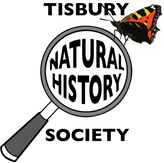
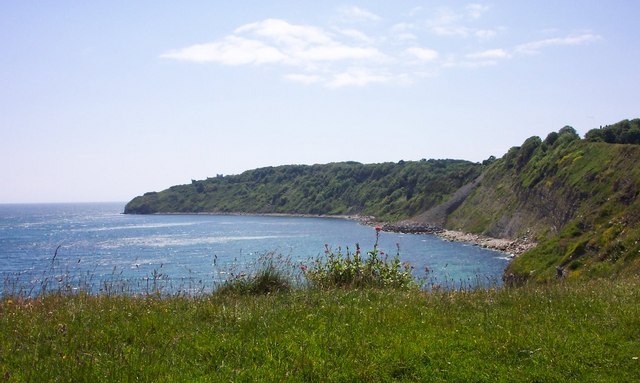
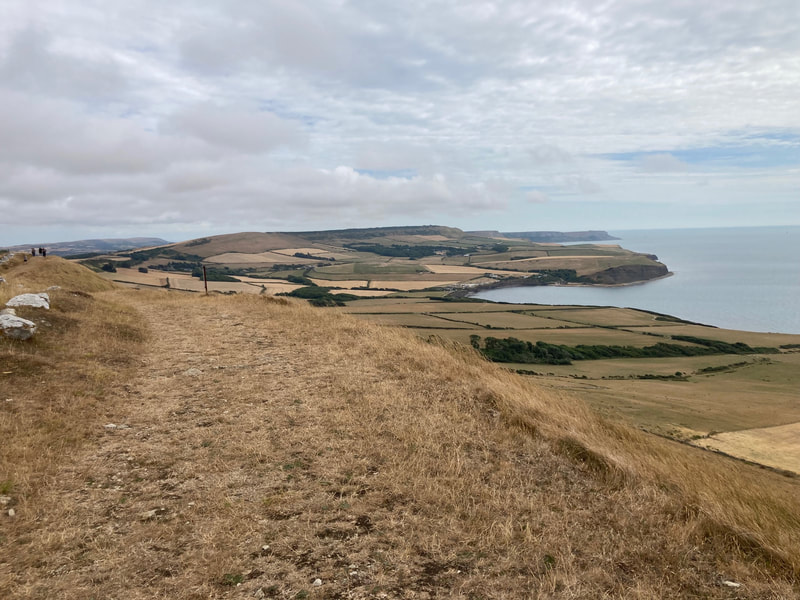
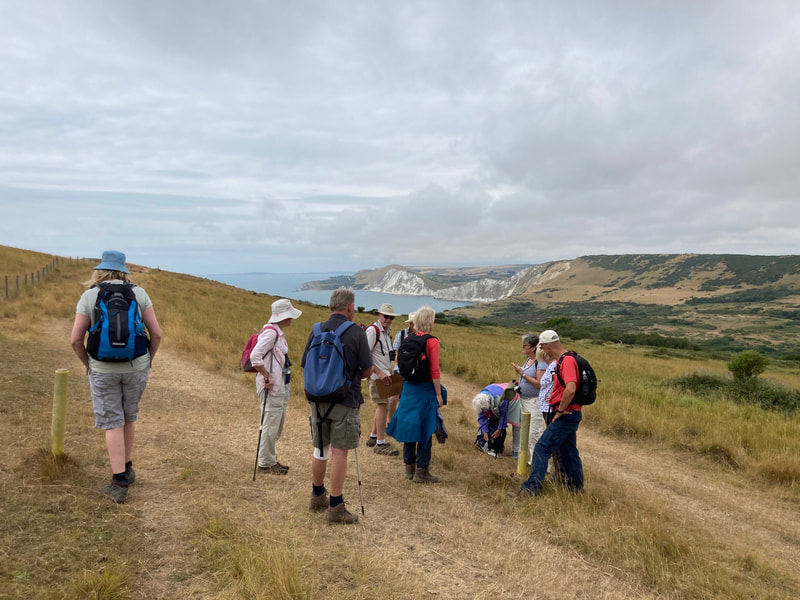
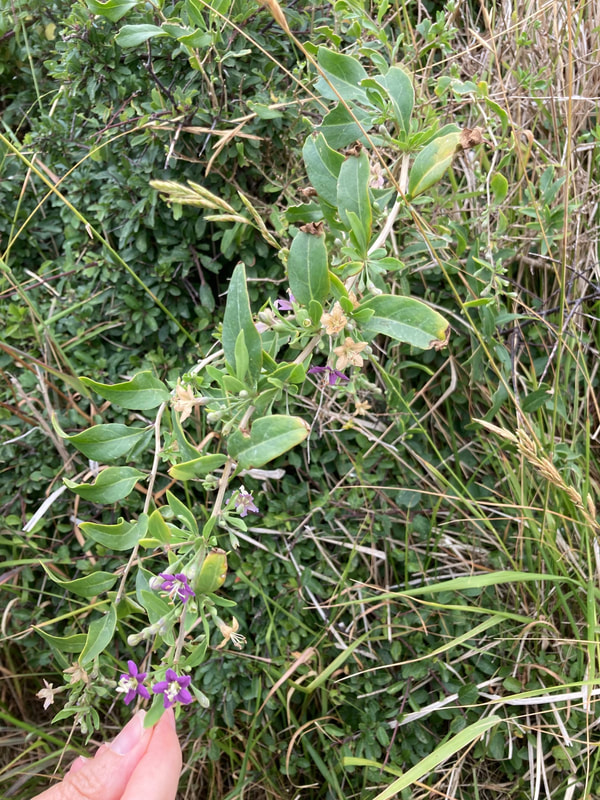
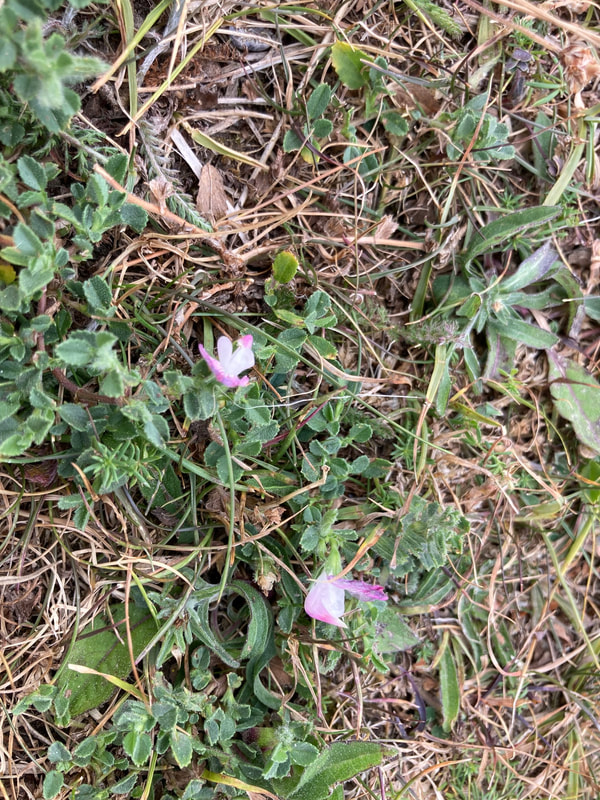
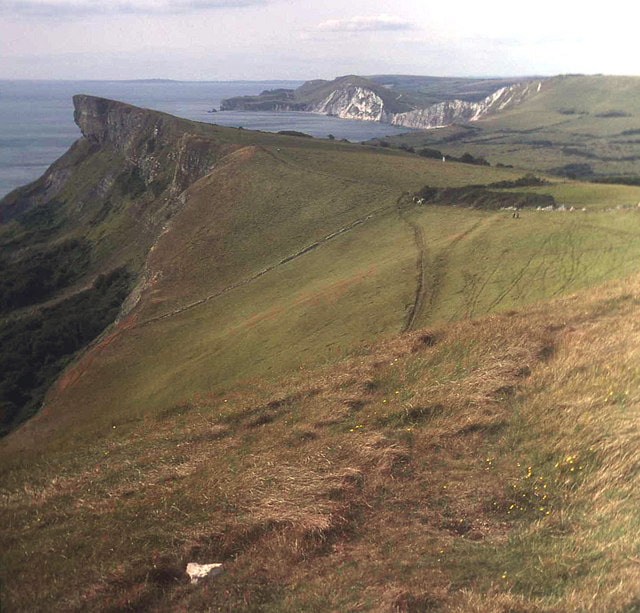
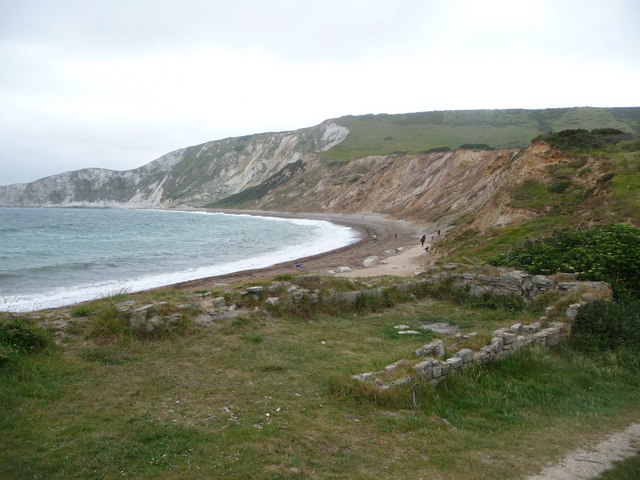
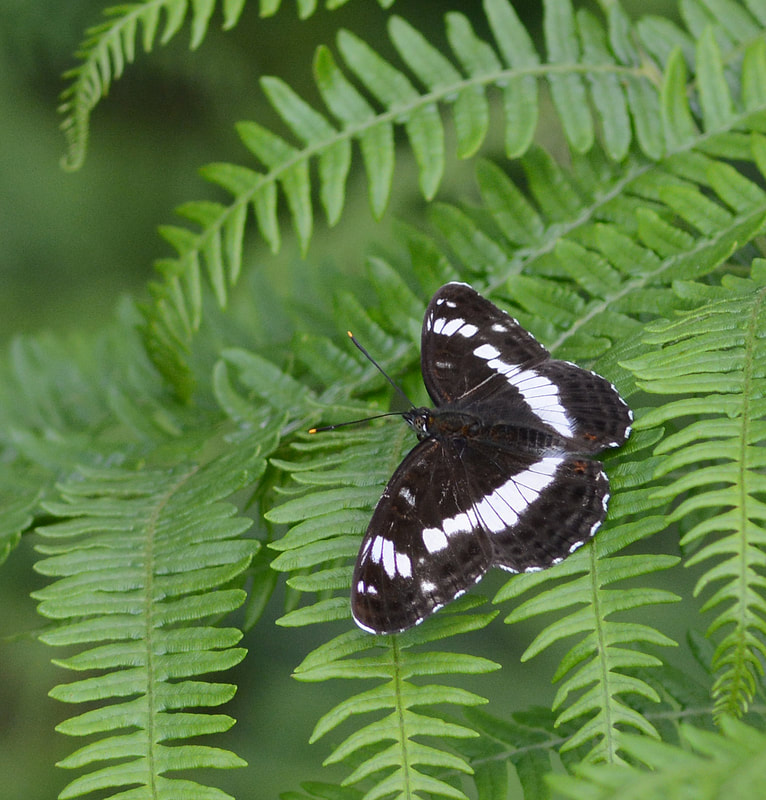
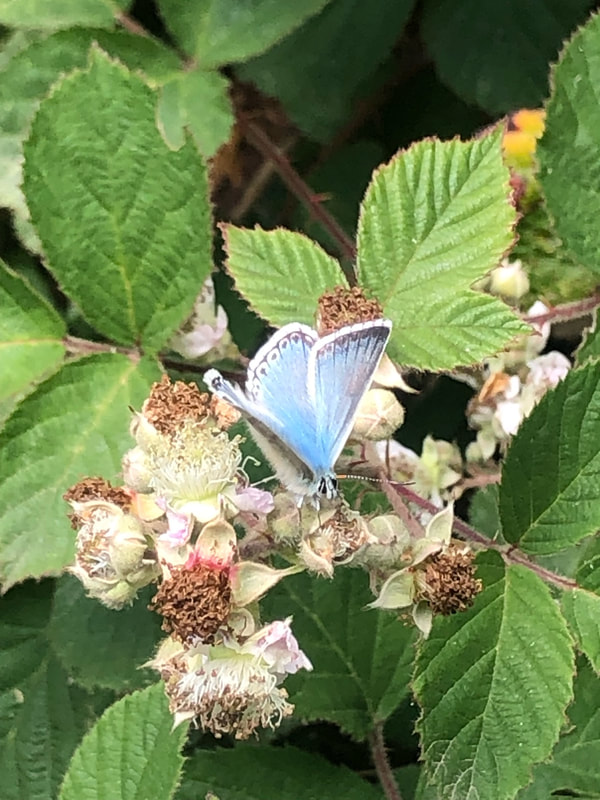
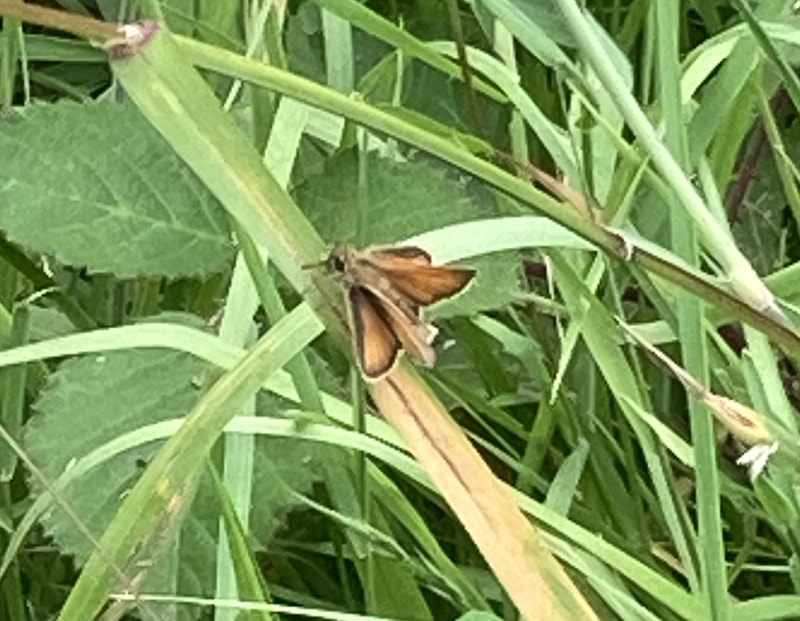
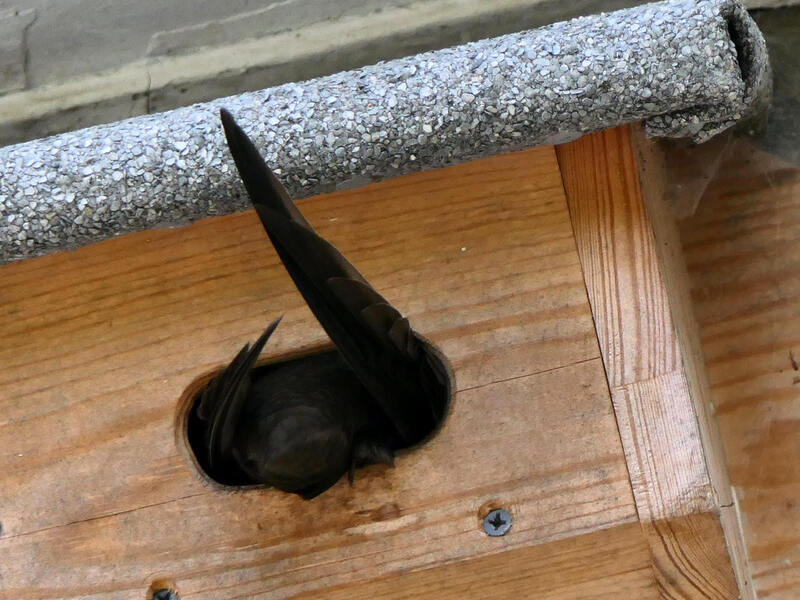
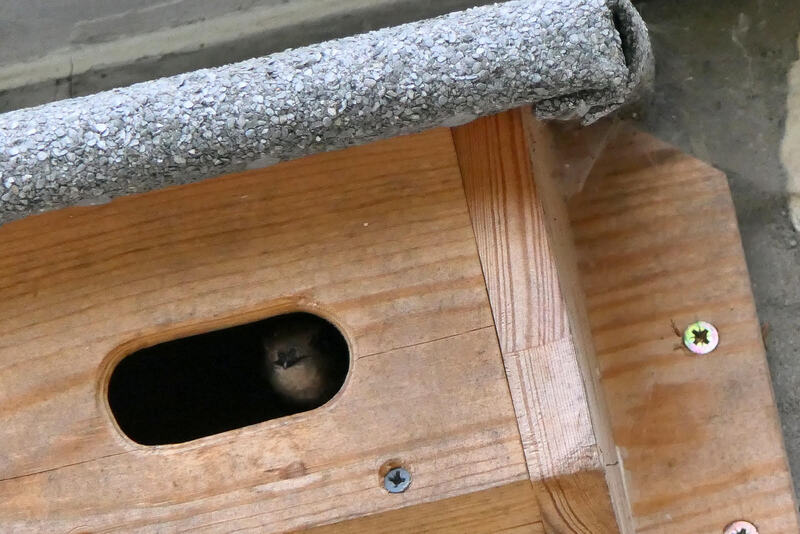
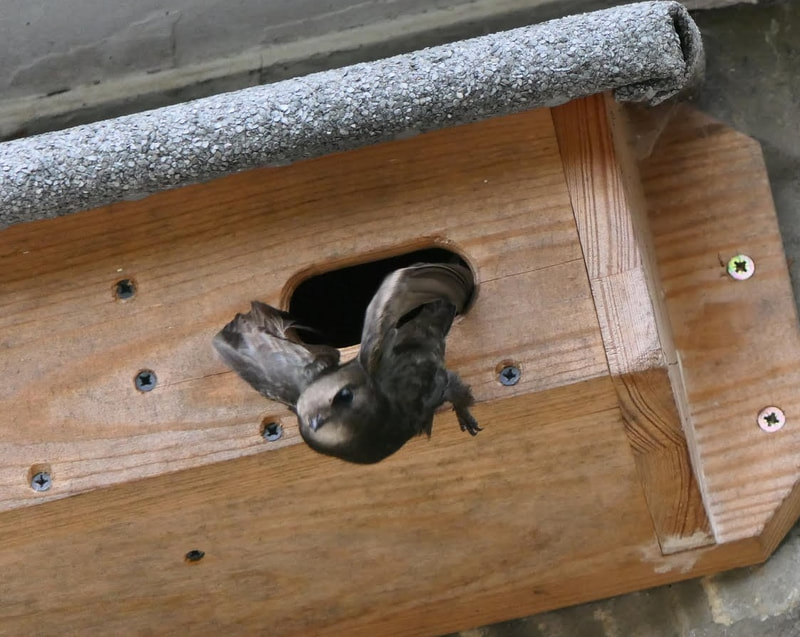
 RSS Feed
RSS Feed